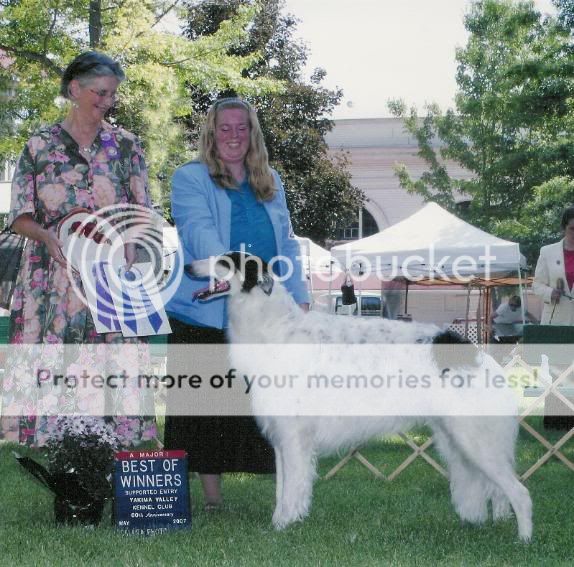Quote:
I think my first thoughts about using hunting dogs particularly bird dogs as guardians, is, I thought they couldnt or wouldnt do it. LOL
My dad always had a hunting dog kennel, we've had most every breed at one time or another, I wouldnt trust
any of those critters near my birds....in fact , the last GSP he had was so darn mean they put him down....but not until
he went to bite one of my little girls in the face and got her pony tail in stead...I hated that dog. Bad temperament
from the start, I never would have even kept him.
I figured ( as I mentioned before) their prey drive would get in the say, but I guess not, due to your success.
as for the dalmation, Ive never met a sane one for any purpose, seems like every dal Ive met has been a nasty
snarling hyper beast. I wouldnt have thought of them as a guardian either.
on the other hand, my bullmastiff, whom is SUPPOSE to be a guardian...well.... you saw the photo.





































